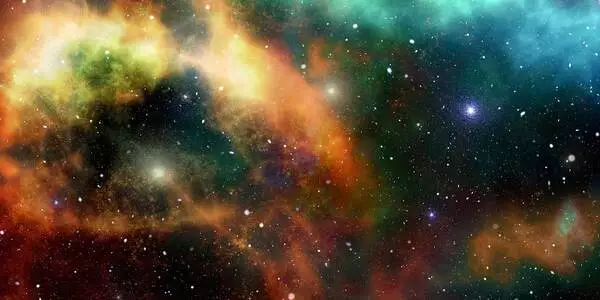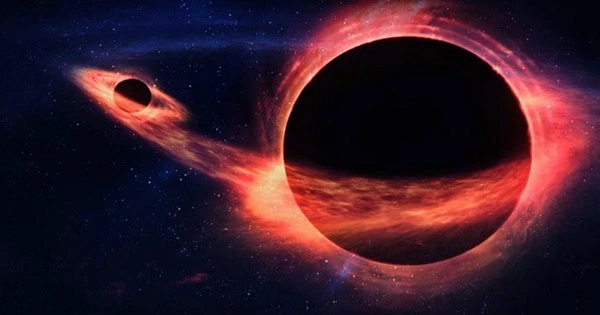The brightest objects are sometimes the most difficult to locate, which is why it took scientists so long to detect the brightest quasar in the previous 9 billion years. A supermassive black hole hundreds of times larger than the one at the heart of the Milky Way powers this extreme object. It is the world’s fastest-growing supermassive black hole. The real brightness of the quasar is almost 7,000 times that of the Milky Way’s combined luminosity. It shines so brightly that it reaches a magnitude of 14.5 – bright enough to be seen with an ordinary personal telescope, allowing you to witness the spectacular impacts of this feeding black hole for yourself.
“For more than 50 years, astronomers have been looking for things like this. In a statement, lead scientist Dr. Christopher Onken of Australia National University stated, “They’ve detected dozens of fainter ones, but this incredibly brilliant one had gone through unnoticed.” The paper has been submitted to Publications of the Astronomical Society of Australia and is available on the ArXiv. It’s perplexing that such a large entity is still gaining mass — most supermassive black holes from the period of this one had already calmed down.

This item (identified by the number SMSS J114447.77-430859.3) continues to feed unabated. The quasar might be the consequence of a galaxy merger that generated a gas reservoir large enough to feed the supermassive black hole for billions of years, allowing it to shine so brightly. “While you should never say never,” co-author Associate Professor Christian Wolf added, “this black hole is such an oddity that I don’t expect we will find another one like it.” “We’re very sure this record won’t be broken.” We’ve very much exhausted the skies as a possible hiding place for items like these.”
The supermassive black hole has a mass of around 3 billion times that of the Sun, making it a gigantic entity. Its light reaches us from a time when the Universe was approximately half as old as it is now. “It’s 500 times bigger than our own galaxy’s black hole,” co-author and ANUgraduate researcher Samuel Lai remarked. “All of our Solar System’s planet orbits would fit within its event horizon, which is the black hole’s barrier beyond which nothing can escape.”















